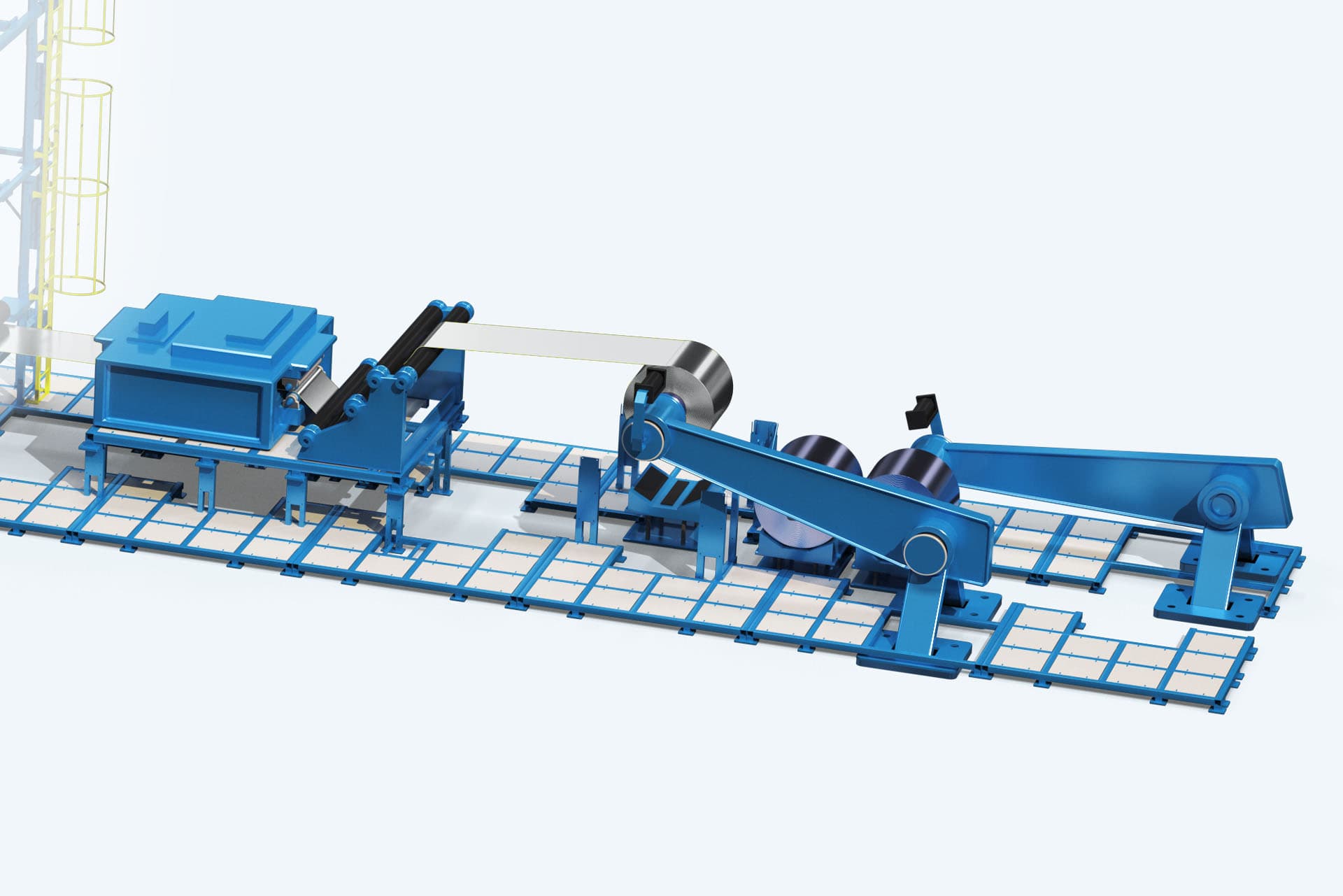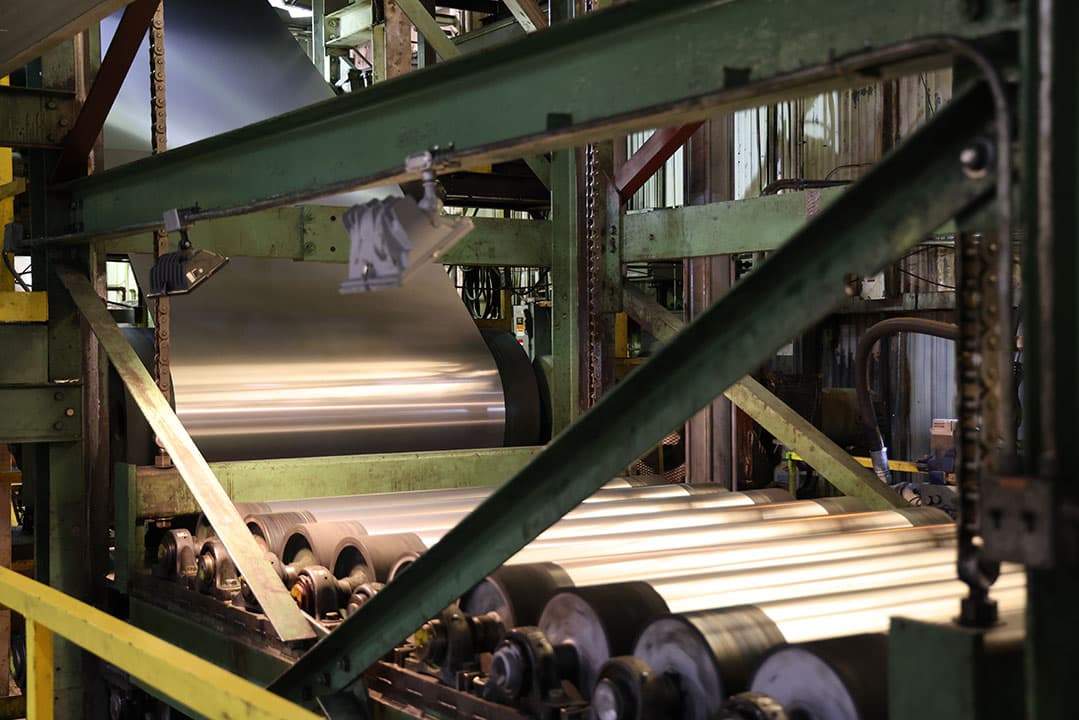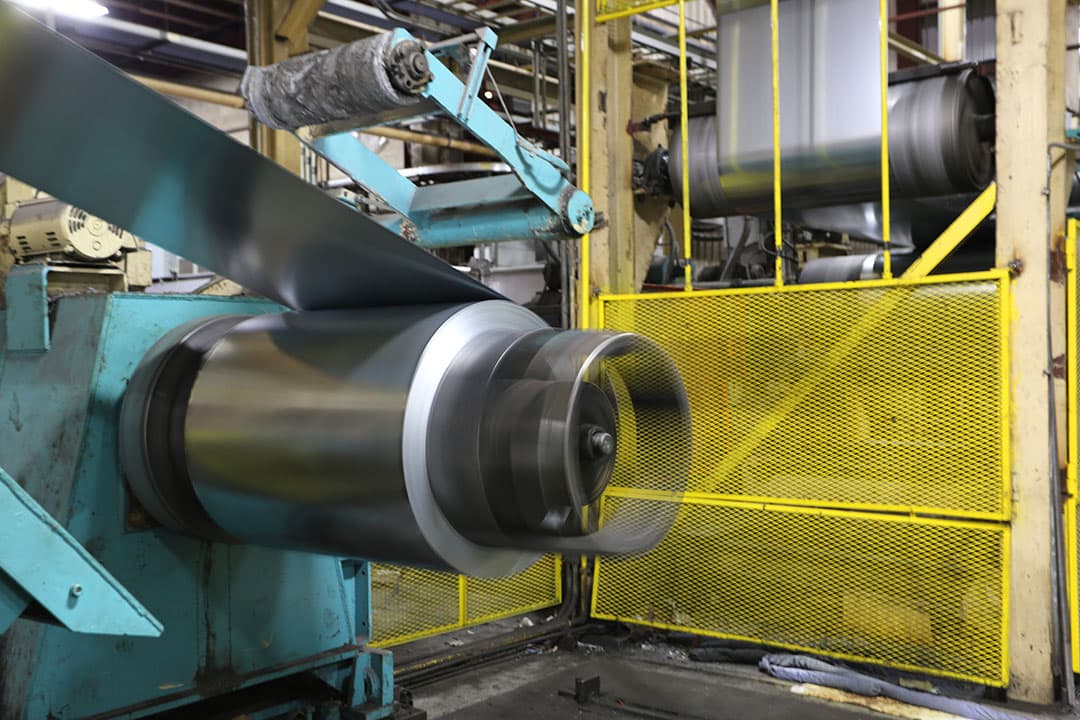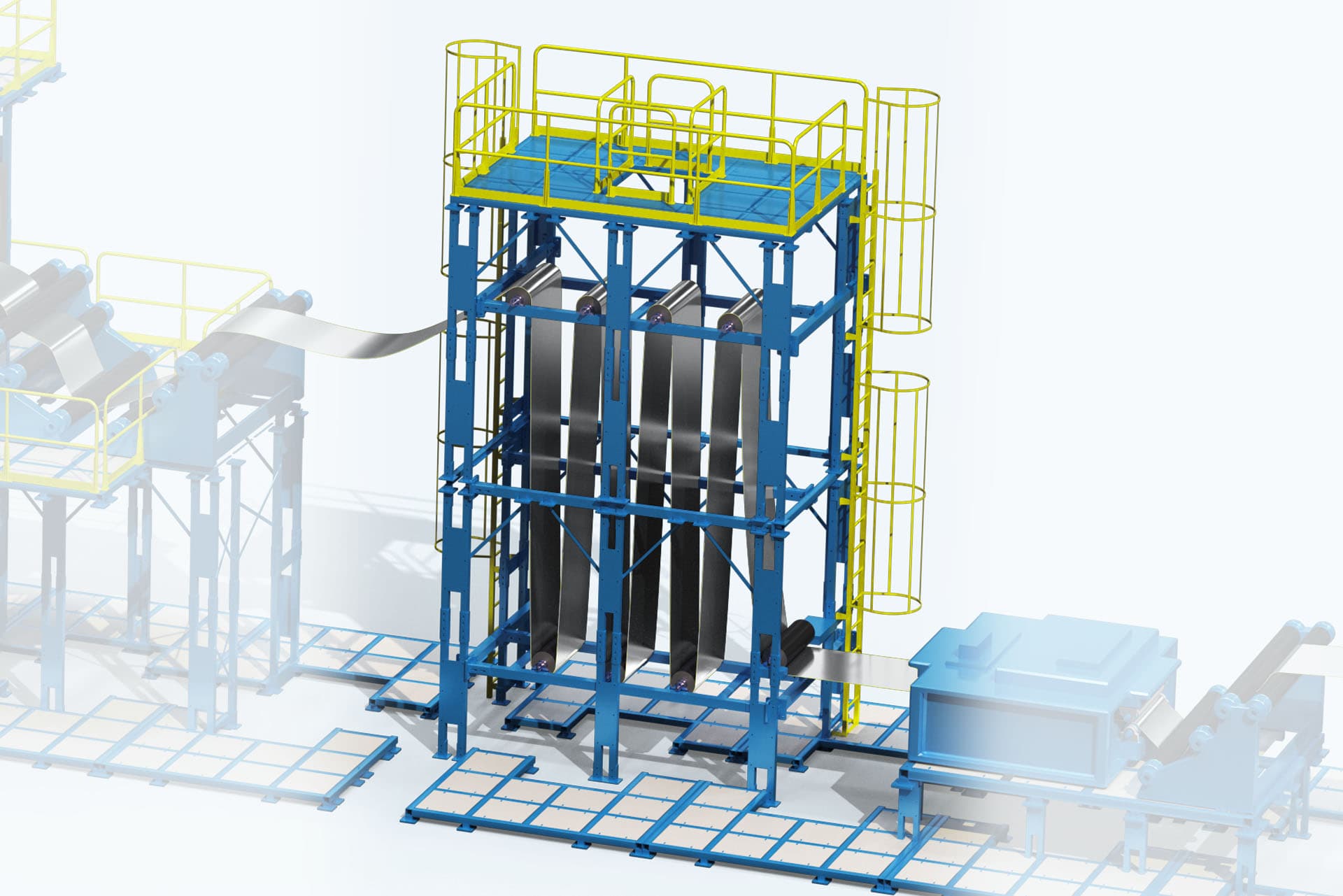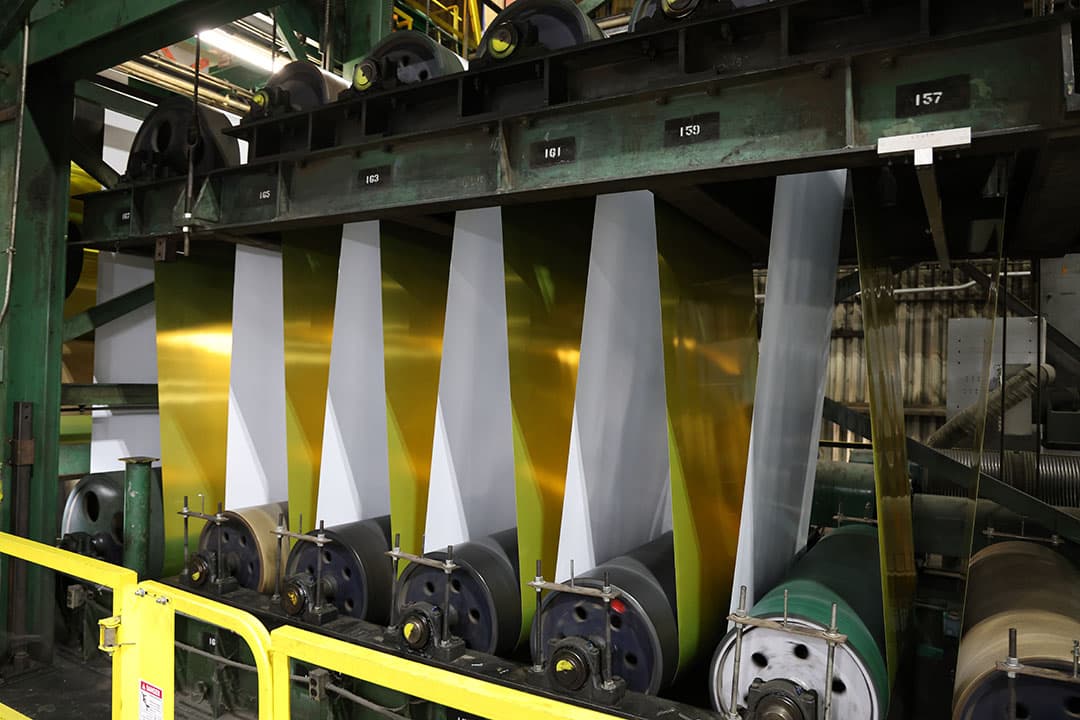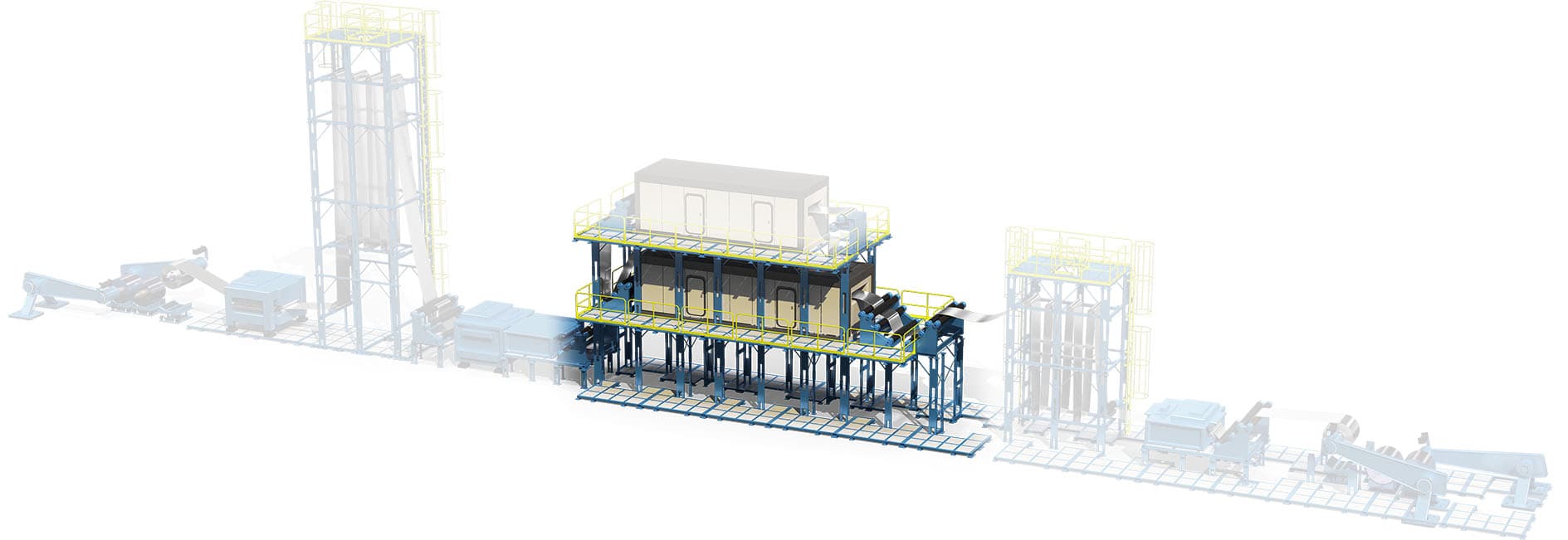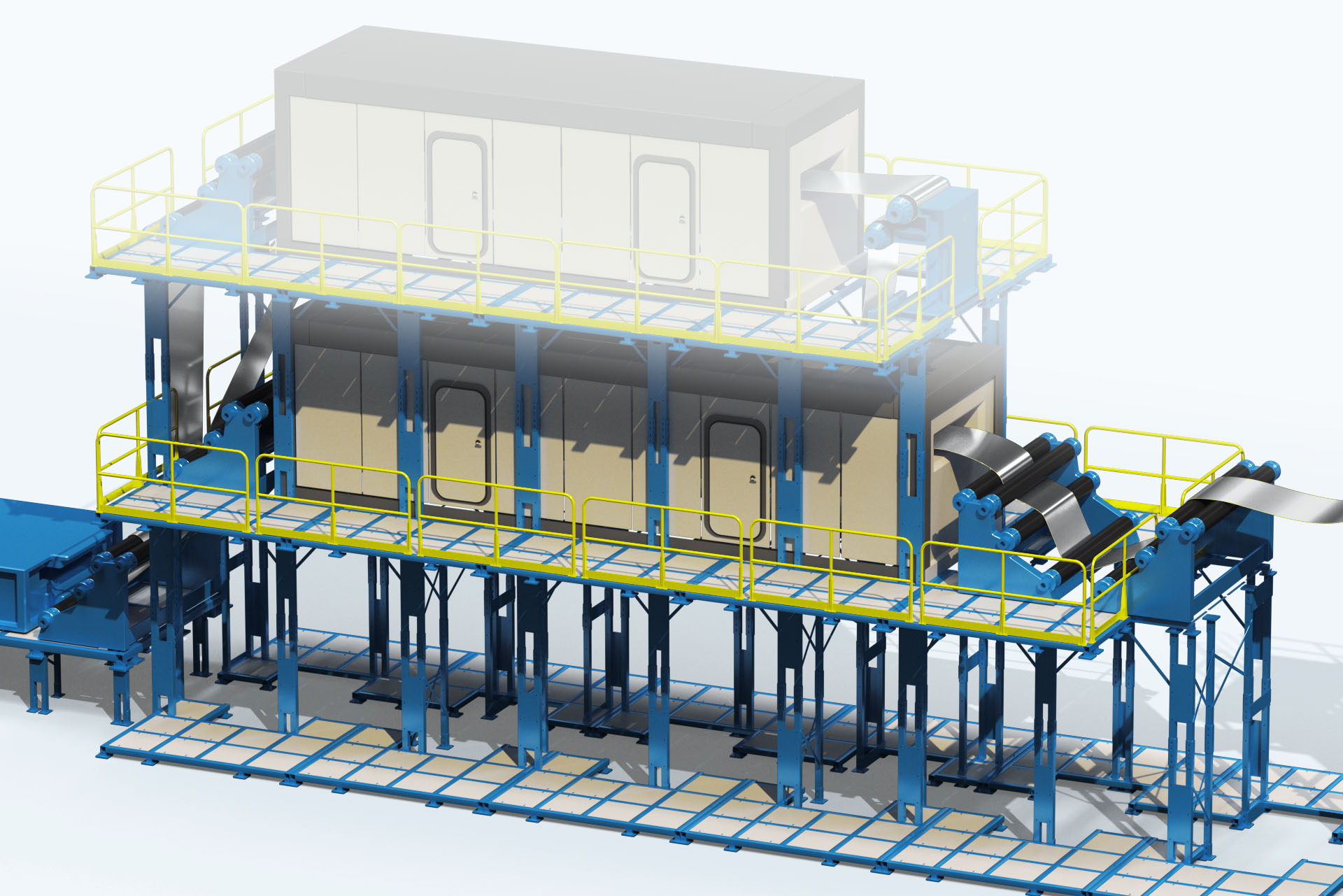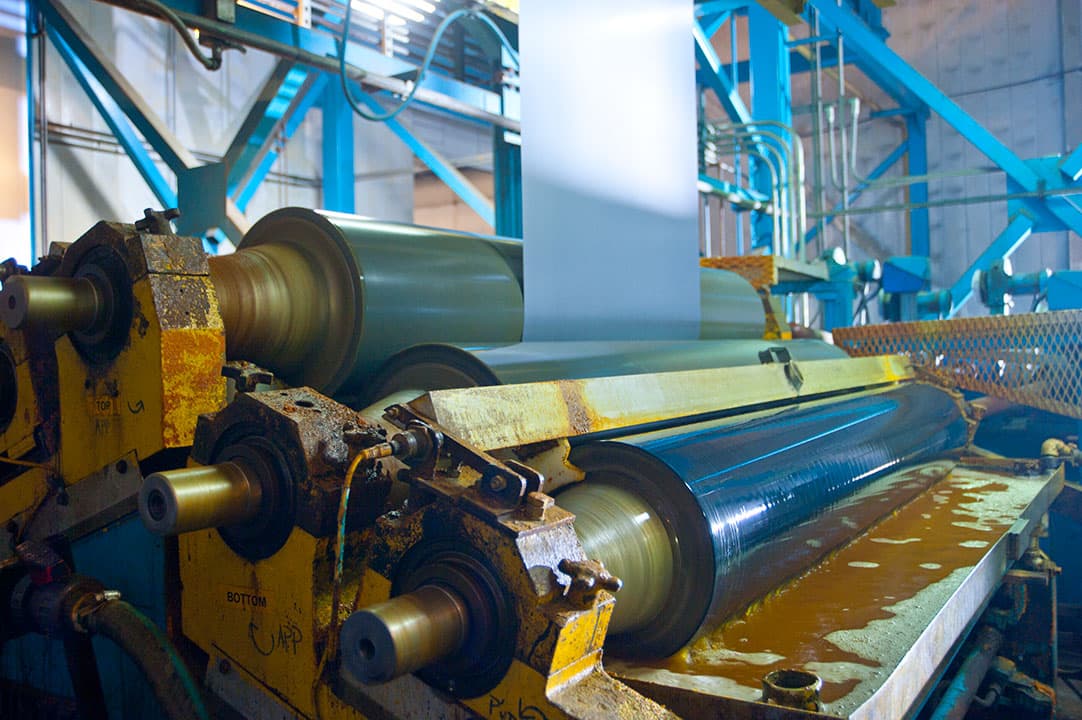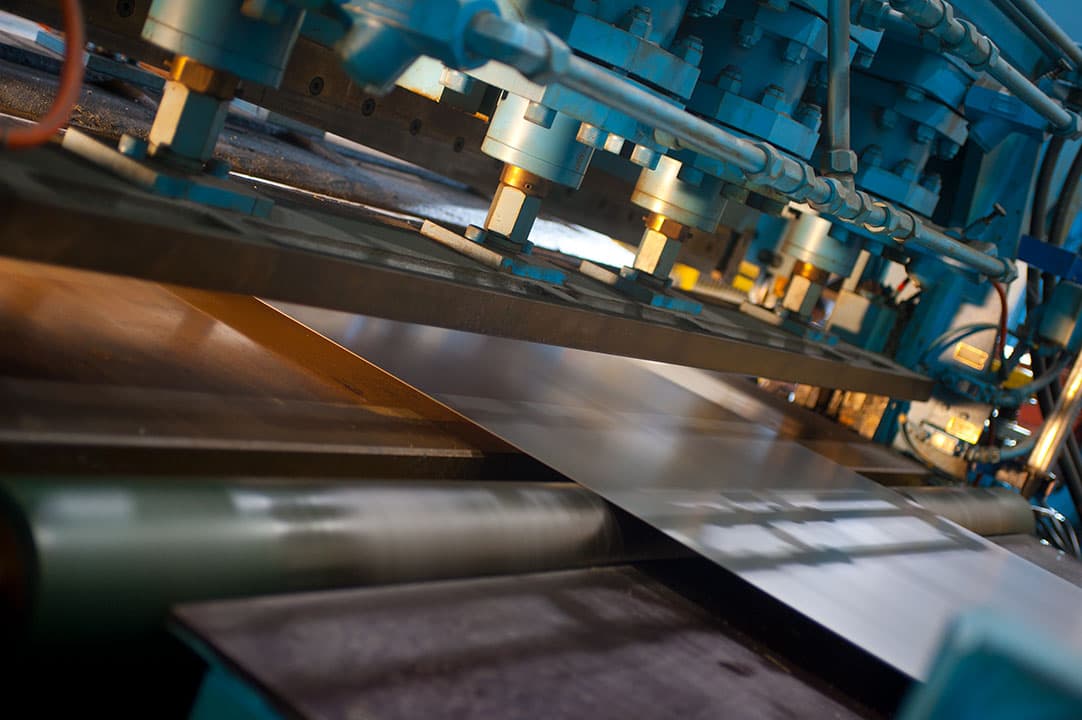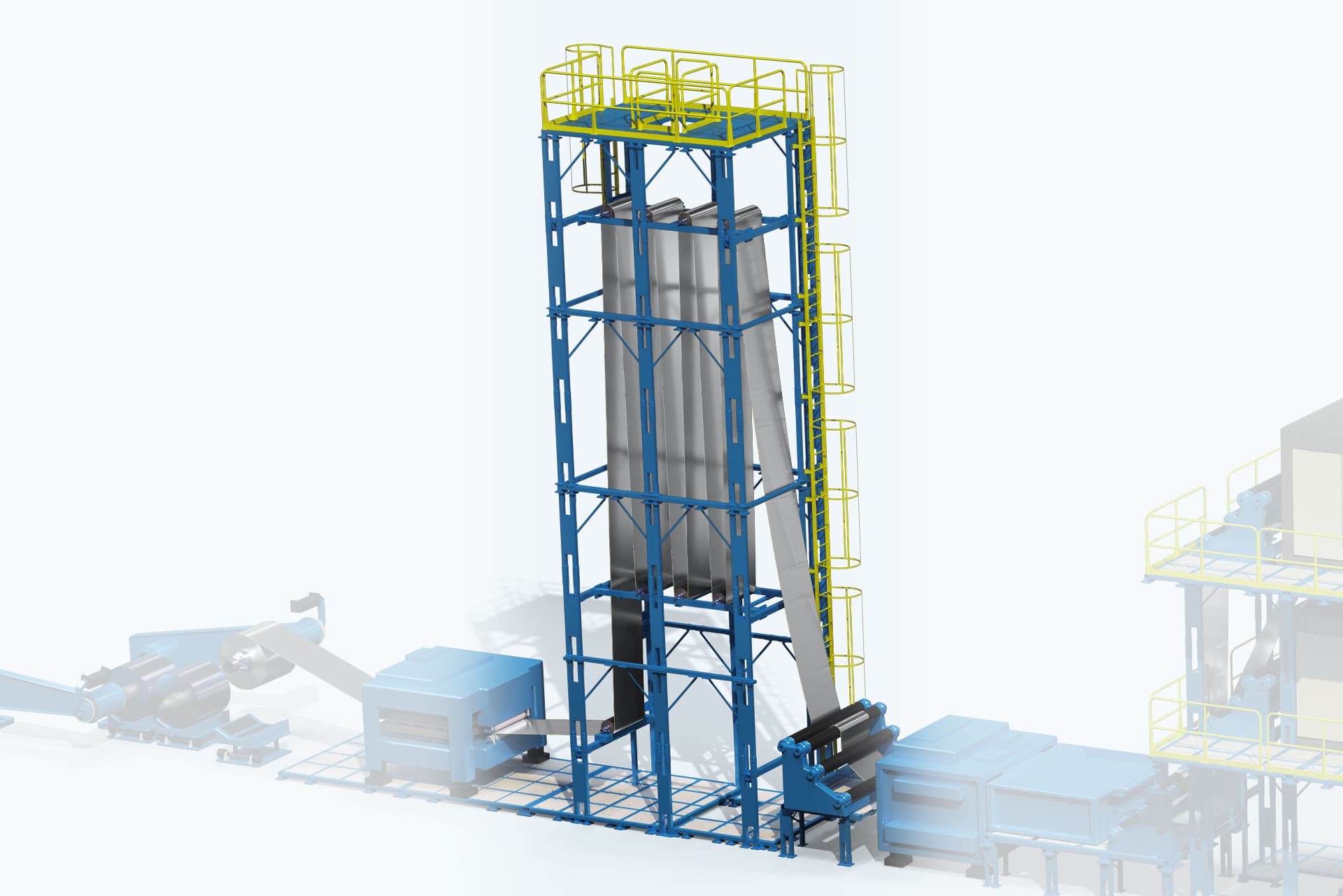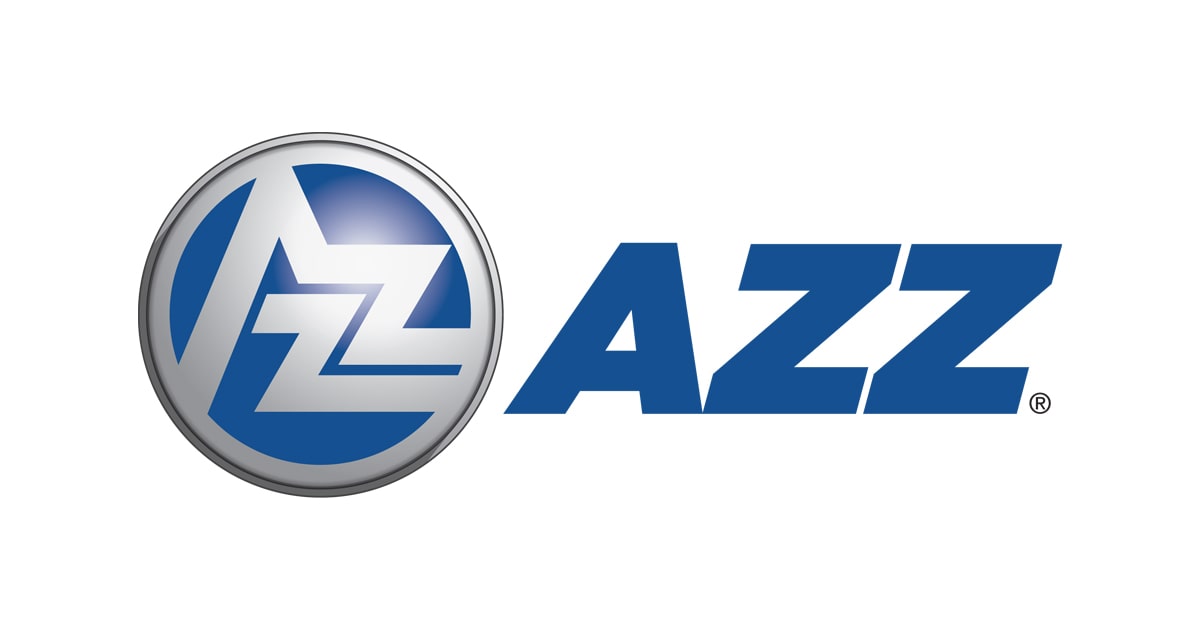Hot-Dip Galvanizing and Zinc Plating: What’s the Difference?

Back to Basics — Understanding Both Galvanizing Methods
Generally speaking, galvanizing is the process of applying a thin layer of zinc over a material, typically steel, to protect it from corrosion or rust. This considerably extends the life of the base metal, making it sustainably and economically advantageous when planning your project.
Hot-dip galvanization is named “hot” for a reason. After the raw metal has been cleaned and impurities have been removed, a non-oxidizing flux compound is applied. That’s when the heat and zinc come into play — the metal is immersed in a molten zinc bath at 830 to 870 degrees Fahrenheit. The compounds form a bond, creating a layer of pure zinc on the outer surface of the metal. HDG typically results in a strong, thick coating with a dull finish.
Zinc plating, however, utilizes a different approach: after submerging the metal into an electrolytic solution, an electrically charged anode of pure zinc is placed into the solution. This is where its naming convention of ‘electro’ makes sense — electricity is then used to move electrons from the anode to the cathode, causing the zinc to dissolve and bond to the surface of the metal. This method delivers a thinner coating of protection, but a shiny finish and uniform color.
Advantages of HDG and Zinc Plating
You might be thinking, “HDG has a thicker protection layer; isn’t that the clear preferred choice?” The answer is that it all depends on your project needs. For instance, while HDG is preferred for direct outdoor exposure since it’s almost 10 times thicker, zinc plating is sometimes the preferred choice when the project has a cosmetic appeal. Zinc plating is also a great choice when galvanizing a small, thin part, as zinc plating will often induce less stress on the component.
Regardless of which process you choose, both solutions deter rust and corrosion and extend the life of your project.

Trust AZZ to Protect Your Critical Infrastructure
With more than 60 years in the industry, AZZ is North America’s leading provider of galvanizing fabricated steel. Our comprehensive metal coating capabilities extend infrastructure longevity for a stronger, safer, and more sustainable world.
Contact us today to request additional information or receive a quote.
Contact Us
Email Signup
Sign up to receive the latest news from AZZ
Related News
No Results Found
The posts you requested could not be found. Try changing your module settings or create some new posts.





